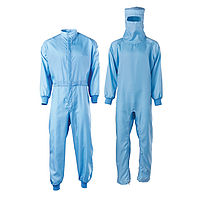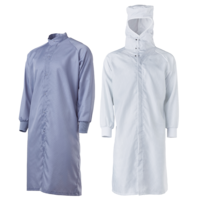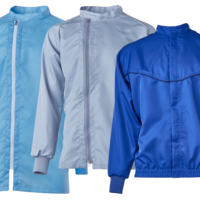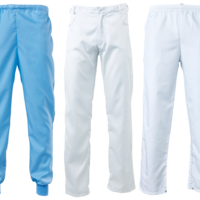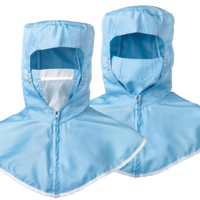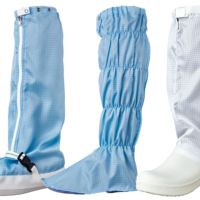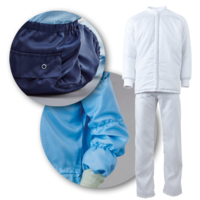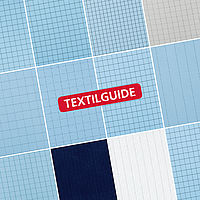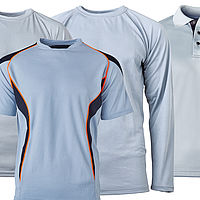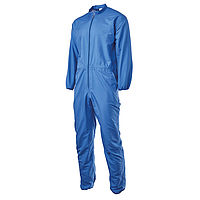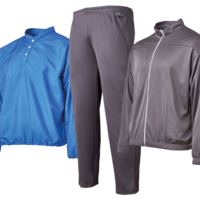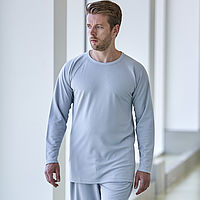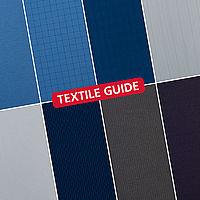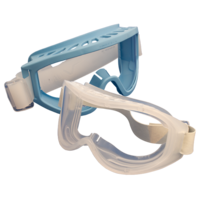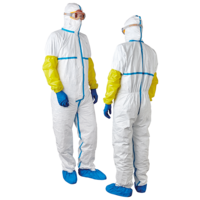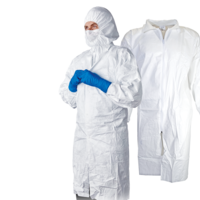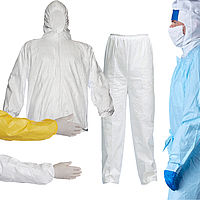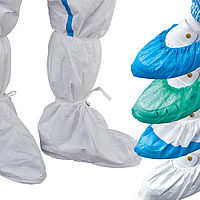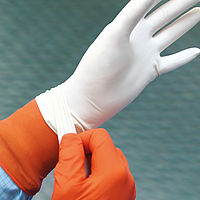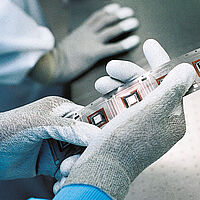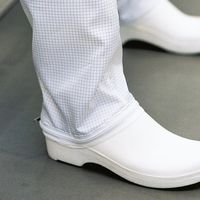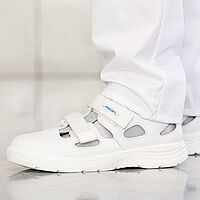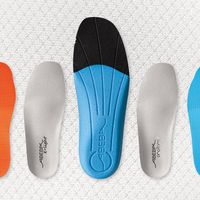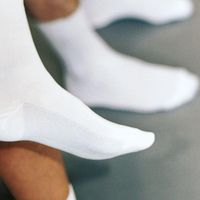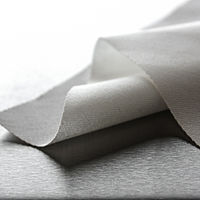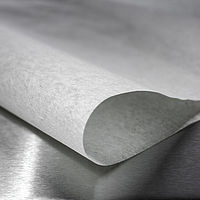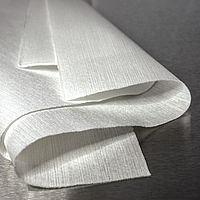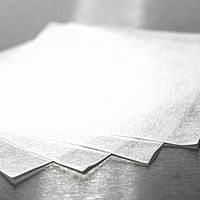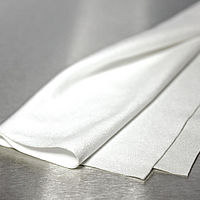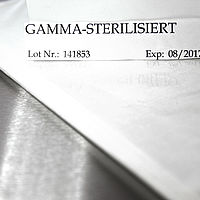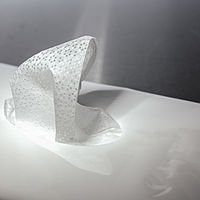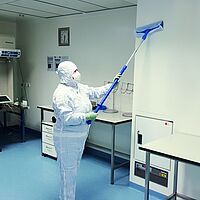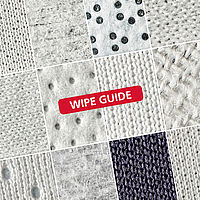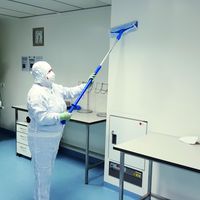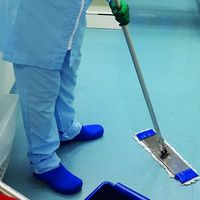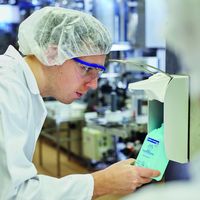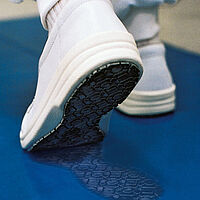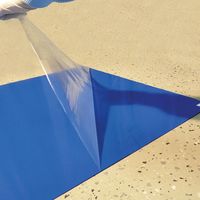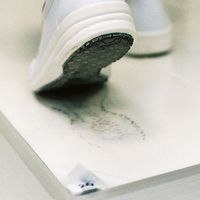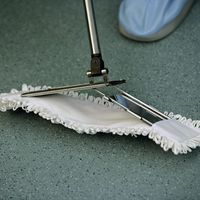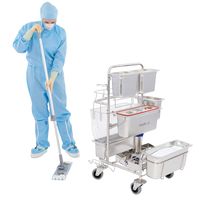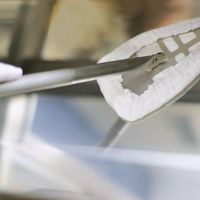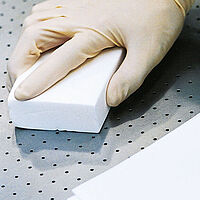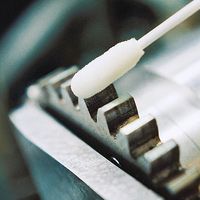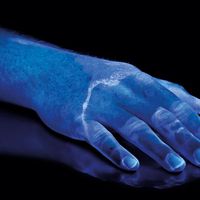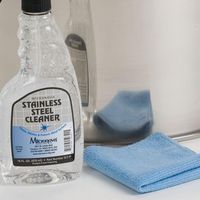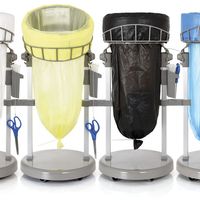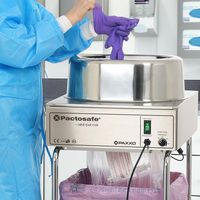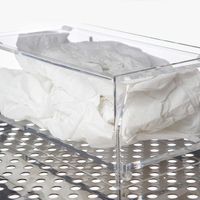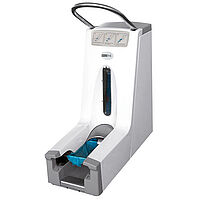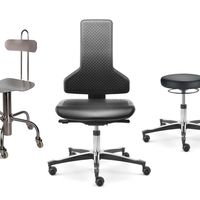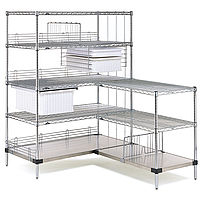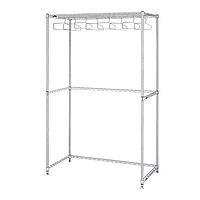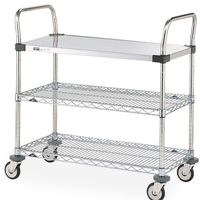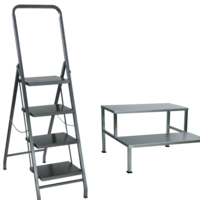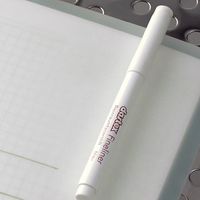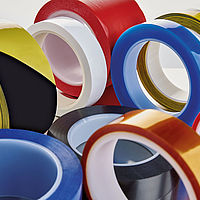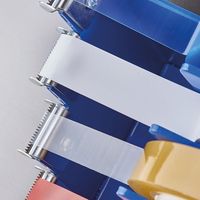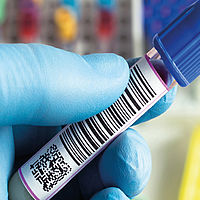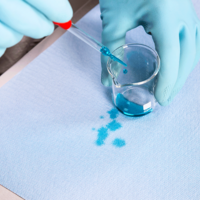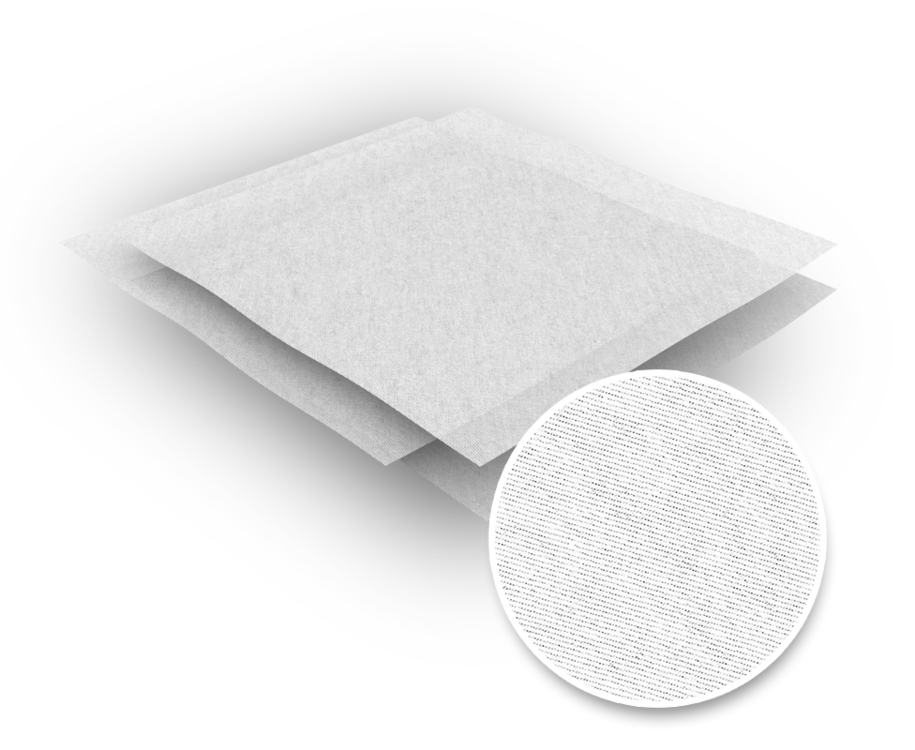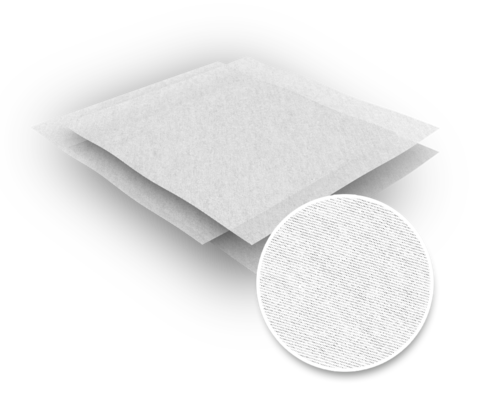Series 100, made of cotton twill weave fabric, combines high resistance to heat and chemicals. Its surface structure allows dust, dirt and particles to be effectively absorbed and retained.
Due to the high absorptive capacity, spills can be removed quickly and easily. It is therefore suitable for dry and especially for wet wiping applications.
Facts
Cotton
Twill, 100% cotton
Properties
- 100% cotton
- twill weave fabric
- cut obliquely
- double bag packaging
Advantages
- extremely durable in wet as well as dry state
- heat resistant
- static neutral
- good up to very good absorbency
- extensively resistant to acids and solvents
- biologically degradable
Applications
- all-purpose wipe for cleaning uncritical areas
- wiping processes at the workplace, even on hot surfaces
Product recommendation based on cleanroom classes
Of course, cleanroom wipes used in ISO 5 can also be used in ISO 9, but in this case the economic efficiency and usefulness should be considered.
A 1 to 1 allocation of cleanroom wipes to an air cleanliness class according to ISO 14644-1 is not possible. Recommendations can only be made on the basis of special properties relevant from a cleanroom technical point of view, such as "abrasion resistance" or "particle emission". Users can find further information on this in VDI Guideline 2083 Part 9.2.
Technical data
| Properties | Unit of measurement/b> | Value | Test method | |
|---|---|---|---|---|
| Material | 100% cotton | |||
| Edge processing | beveled, cold cut | |||
| Mass per unit area | g/m2 | 186 | ||
| Thickness |
mils mm |
18 0.46 | ||
|
Absorptive capacity (Ai) intrinsic (Ae) extrinsic | ml/g ml/m2 | 2.1 356 | IEST-RP-CC004.3 | |
|
NVR Non-volatile residues |
IPA based DI water based |
g/m2 g/m2 |
0.209 0.119 | IEST-RP-CC004.3 |
| Particle residues |
0.5 – ≤ 5.0 µm > 5.0 – ≤ 100 µm |
106/m2 106/m2 |
284 4.0 |
IEST-RP-CC004.3 Section 6.1.3 Biaxial Shake Test |
| Fibre residues | > 100 µm | fibres/m2 | 92,900 |
IEST-RP-CC004.3 Section 6.2.2.2 |
| Ionic residues |
Sodium (Na+) Chloride (ClO2-) |
ppm ppm |
58 3.6 |
IEST-RP-CC004.3 Section 7.2.2.1 |
| Organic contaminants |
silicone oil amides D-n-octylphthalate (DOP) |
n. s. n. s. n. s. |
by FTIR spectrometer Fourier transform infrared spectrometer | |
| Dimensions | PU per bag | Art. No. | ||
|
4" x 4" 6" x 6" 9" x 9" 12" x 12" 17" x 17" |
1,200 pieces 600 pieces 300 pieces 150 pieces 150 pieces |
55100 0404 55100 0606 55100 0909 55100 1212 55100 1717 | ||
| n. s. = not specified n. d. = not detectable |
Note
The manufacturer's technical data listed above are typical values at the time of publication. They are not specifications. All data are without guarantee, changes are possible without prior notice.
Due to different test methods depending on the respective manufacturers and test laboratories, most of the given values cannot be compared one-to-one with those of other manufacturers/wipes.
Independent tests can be commissioned on request.






